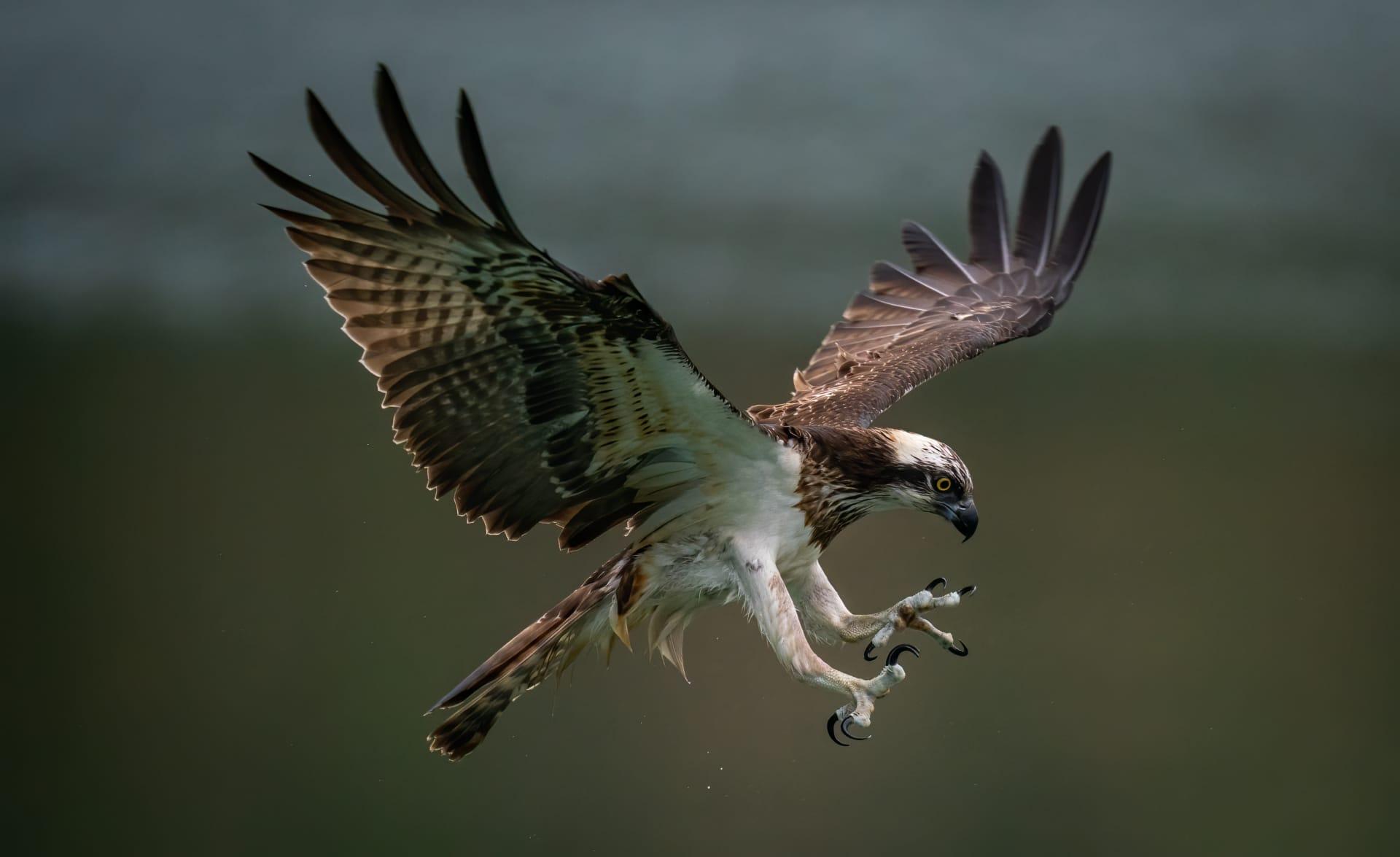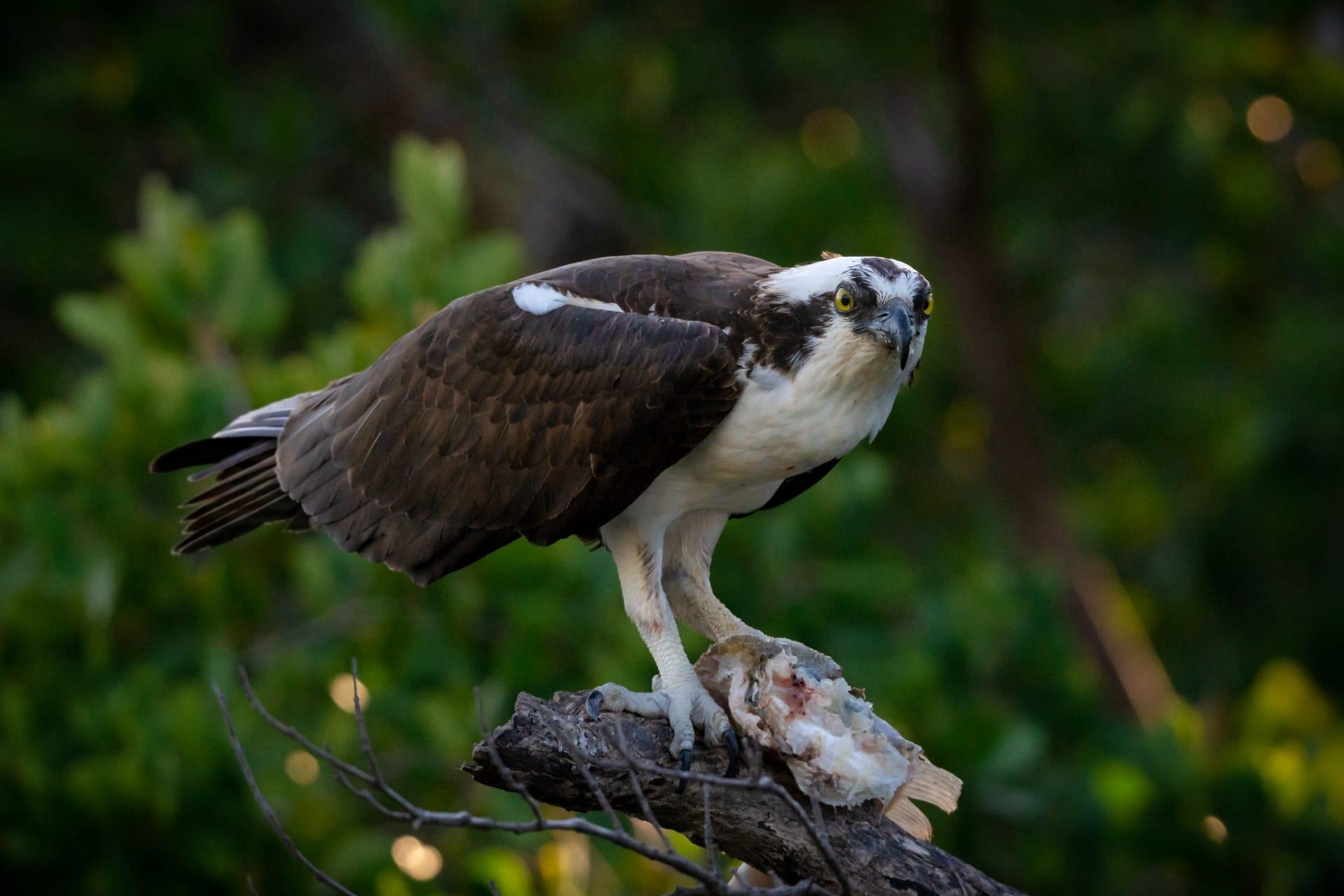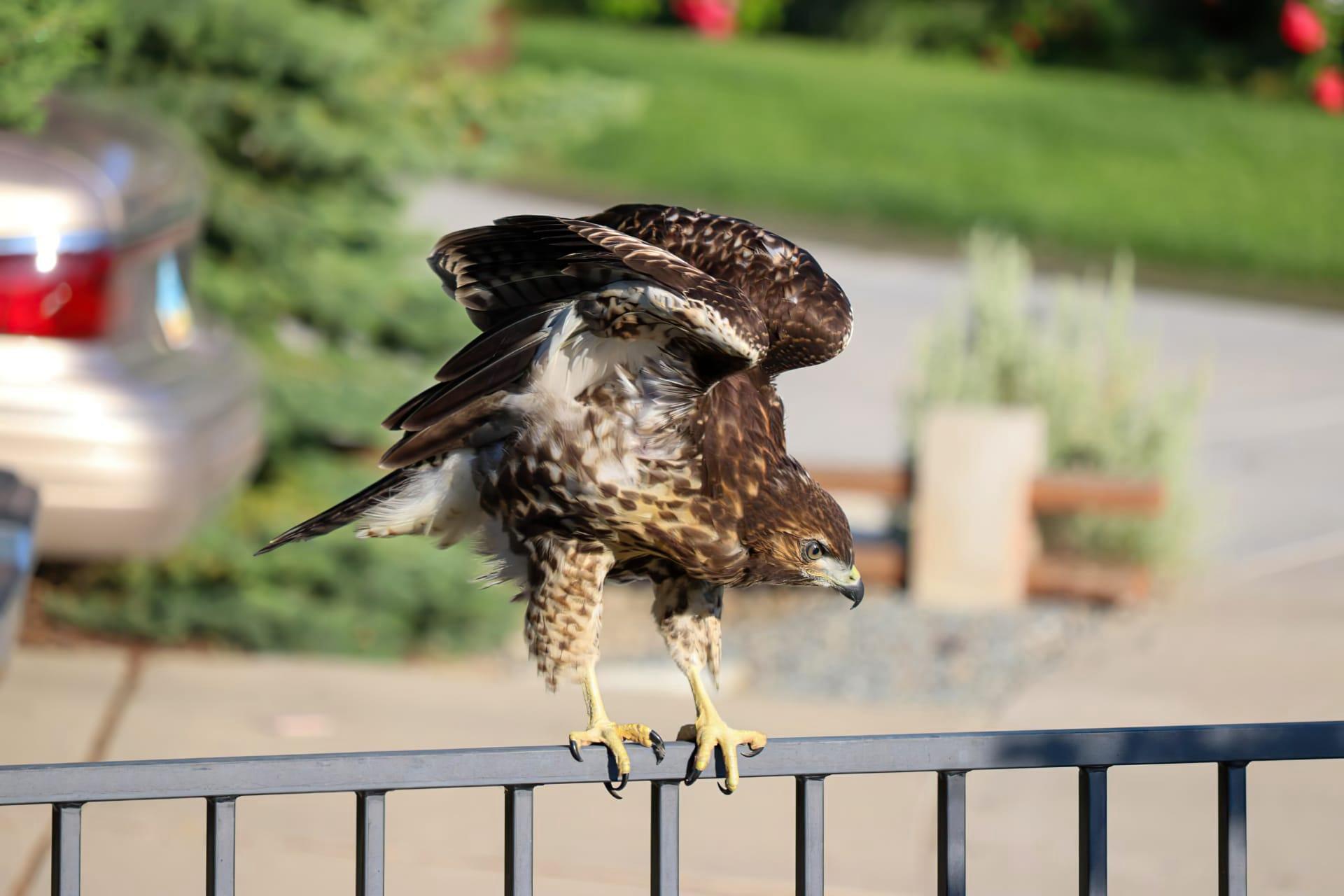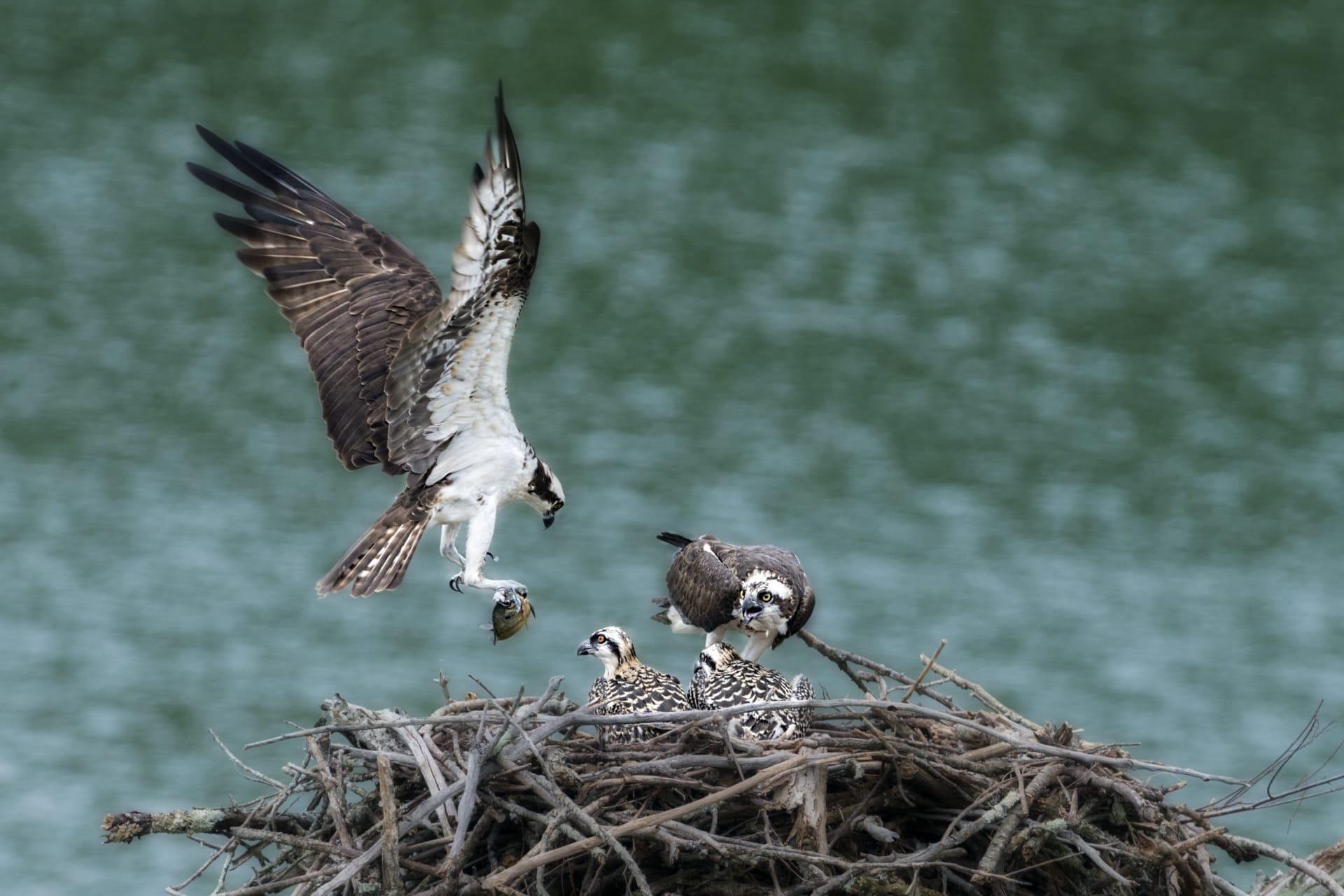Osprey
- Home /
- Mini Encyclopedia /
- Animal /
- Osprey
1
The Osprey, scientifically known as Pandion haliaetus, belongs to the family Pandionidae and is the sole member of its genus. This bird of prey is distinctive with its white underparts, dark brown upperparts, and a black stripe through the eyes extending to the sides of the neck. Adult ospreys can measure about 60 centimeters (24 inches) in length, with a wingspan ranging from 150 to 180 centimeters (59 to 71 inches). This species is unique in its ability to rotate its outer toe, enabling it to grasp slippery fish with two toes in front and two behind.
Ospreys are found on every continent except Antarctica, showcasing a broad distribution. They thrive near coastlines, rivers, and large bodies of water where fish are abundant. In North America, they migrate to Central and South America during the winter, while European ospreys winter in Africa. Their habitats range from tropical rainforests to desert rivers, adapting remarkably to diverse environmental conditions. Coastal regions and wetlands, however, are their preferred habitats due to the availability of their primary food source, fish.

2
Question: Do ospreys only eat fish?
Answer: While ospreys are primarily piscivorous, meaning their diet consists almost exclusively of fish, they are not strict fish-eaters. Research indicates that when fish are scarce, ospreys may occasionally prey on small mammals, birds, and reptiles to supplement their diet. However, their physical adaptations, like sharp talons and reversible outer toes, are particularly suited for catching and holding slippery fish, making this their preferred and predominant food choice. Their hunting technique, which involves hovering over water and then diving feet first to catch fish, is a testament to their specialized dietary habits.

3
Ospreys possess several strategies for survival, key among them is their mastery of fishing. They have excellent eyesight, allowing them to spot fish from up to 40 meters (131 feet) above water. Once they spot their prey, they dive with closed talons to snatch it, using their reversible outer toe to secure a firm grip. Another survival strategy is their migratory behavior. Ospreys from colder regions migrate to warmer areas during winter, ensuring a constant food supply and suitable breeding conditions.
Nesting is another critical aspect of their survival strategy. Ospreys typically build large nests at the tops of dead trees, poles, or other high structures near water. These nests are reused and added to each year, becoming quite substantial over time. Males and females both contribute to nest building, which strengthens pair bonds and ensures a safe place for raising their young.

4
In the ecosystem, ospreys play a significant role as indicators of the health of aquatic environments. Due to their position at the top of the food chain and their reliance on fish, changes in osprey populations can signal shifts in the health of fish populations and water quality. A decline in ospreys may indicate problems like overfishing or pollution in their habitats.
Ospreys also contribute to biodiversity. By preying on a variety of fish species, they help maintain a balanced ecosystem. Additionally, their nests provide habitats for other species, such as barn owls and small mammals, which may take over old or abandoned osprey nests. This interaction demonstrates the interconnected nature of ecosystems and the importance of each species within it.

5
Film: "The Osprey: Journey of the Fish Hawk" is a captivating documentary from the United States, released in 2009. This film offers an in-depth look into the life of the osprey, showcasing their migration, breeding, and survival strategies. It vividly portrays their journey from the northern parts of North America to the southern wintering grounds, highlighting the challenges they face along the way.
Book: "The Ospreys of North America" (United States, 2015) by Dr. Mark Anderson, provides a comprehensive exploration of the ospreys in North America. This book delves into their biology, behavior, and the conservation efforts to protect them. It's praised for its detailed research and stunning photographs, making it both informative and visually appealing.
Book: "Wings Over Water: The Story of the Osprey" (United Kingdom, 2018) by Helen Macdonald, is an engaging narrative that combines personal anecdotes with scientific insights. The author, known for her captivating storytelling, explores the relationship between humans and ospreys, discussing their history, biology, and the impact of human activities on their habitats.